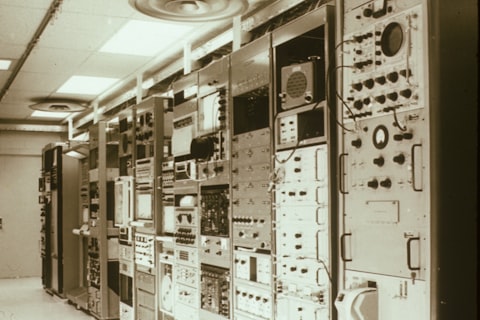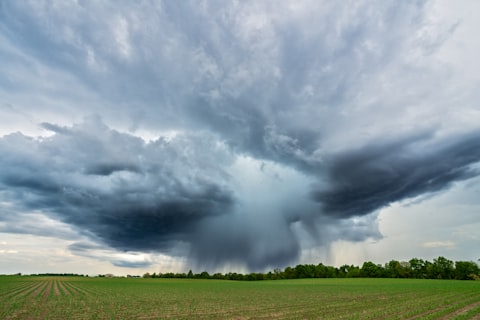Solar Storms: Nature's Electrifying Display
Keywords
solar storms space weather sunspots
Introduction
- Definition and significance of solar storms
- Necessity of studying these phenomena
Images


Types of Solar Storms
-
Characteristics of solar flares
-
Understanding coronal mass ejections (CMEs)
-
Differentiating solar flares from CMEs
Figures
Types of Solar Storms:
Causes of Solar Storms
- Role of solar activity and sunspots
- Influence of magnetic fields on solar eruptions
Figures
Causes of Solar Storms:
Impact of Solar Storms on Earth
-
Disruptions to technology and communication
-
Threats to satellites and power grids
-
Health risks for astronauts and airline passengers
Figures
Impact on Earth:
Monitoring and Predicting Solar Storms
- Tools for monitoring solar activity
- Importance of early warning systems
Figures
Monitoring Tools:
Mitigation Strategies
- Protective measures for technology and infrastructure
- Global collaboration to combat solar storm effects
Figures
Mitigation Approaches:
Historical Solar Storm Events
- Notable incidents from the past
- Insights gained for future prevention
Figures
Historical Events:
Future Research and Preparedness
- Ongoing studies on solar storms
- Enhancing readiness for potential impacts
Figures
Future Directions:
Conclusion
- Reiteration of the importance of solar storm understanding
- Encouragement for continued vigilance and research
Images


[Continued in the next message]
Solar Storms: Nature's Electrifying Display
Solar storms, also known as space weather events, are captivating yet potentially hazardous phenomena that originate from the sun and have far-reaching effects on Earth and its technological infrastructure. In this essay, we will delve into the intricacies of solar storms, exploring their types, causes, impacts, monitoring and prediction methods, mitigation strategies, historical events, and the importance of future research and preparedness in dealing with these cosmic disturbances.
Introduction
Solar storms encompass a variety of energetic events that occur on the sun's surface and in its atmosphere, releasing immense amounts of energy and charged particles into space. These phenomena, while mesmerizing to observe, pose significant challenges to modern technology and communication systems on Earth. Studying solar storms is crucial for understanding their behavior and mitigating their potential impacts.
Types of Solar Storms
Two primary types of solar storms are solar flares and coronal mass ejections (CMEs). Solar flares are sudden, intense bursts of radiation and energy that occur near sunspots, while CMEs are massive expulsions of plasma and magnetic fields from the sun's corona. Distinguishing between these phenomena is essential for predicting their effects on Earth's magnetosphere and atmosphere.
Causes of Solar Storms
Solar storms are primarily driven by solar activity, including the presence of sunspots and the sun's magnetic field dynamics. Sunspots are regions of intense magnetic activity on the sun's surface that can lead to solar flares and CMEs when they become unstable. The interaction of magnetic fields within the sun's atmosphere can trigger solar eruptions that result in these powerful space weather events.
Impact of Solar Storms on Earth
The effects of solar storms on Earth can be profound, particularly in the realm of technology and communication. Solar radiation and charged particles can disrupt satellite operations, interfere with radio communications, and pose risks to power grids, potentially leading to widespread blackouts. Astronauts in space and airline passengers at high altitudes are also vulnerable to increased radiation exposure during solar storm events.
Monitoring and Predicting Solar Storms
Monitoring solar activity is essential for predicting and preparing for solar storms. Scientists use a variety of tools, such as solar telescopes and spacecraft, to observe the sun and track changes in its magnetic fields and...



